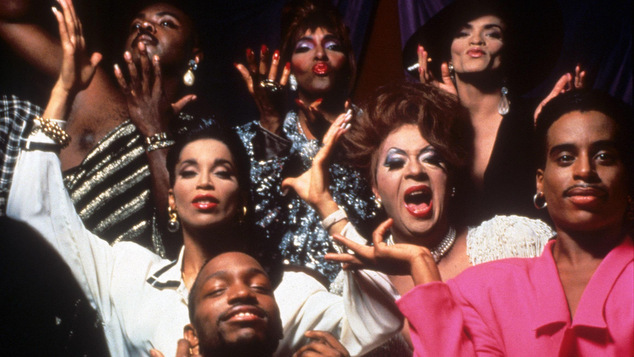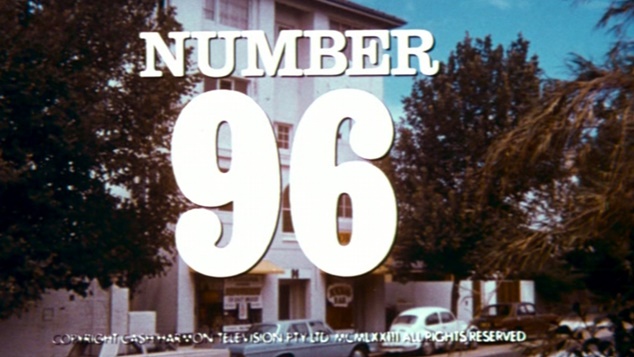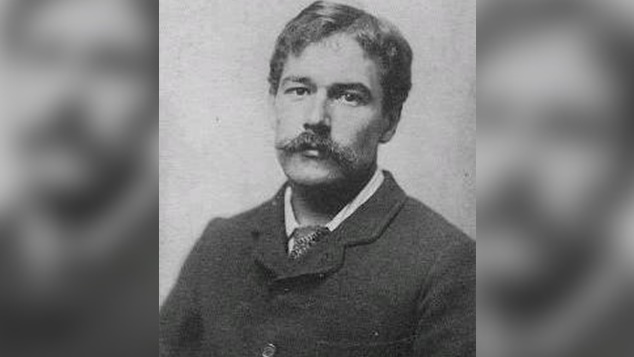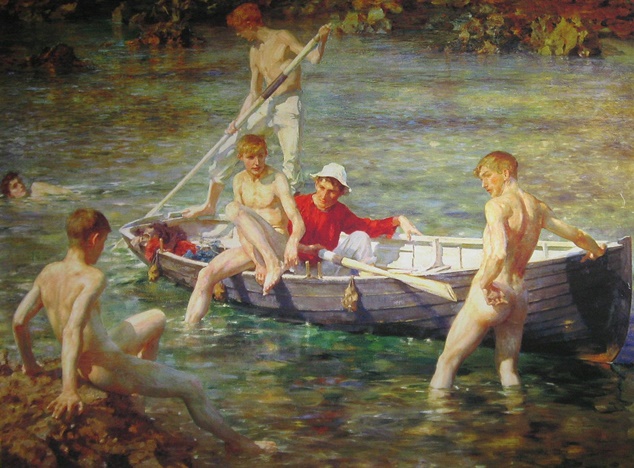In 1991 the film ‘Paris is Burning’ is given a general release
The legendary documentary Paris Is Burning was given a general release on this day in 1991, beginning with screenings in New York City.
The documentary first screened at the New York Film Festival the previous year, and garnered acclaims after screenings at the San Francisco International LGBT Film Festival, the Toronto International Film Festival, the Berlin Film Festival, and the Sundance Film Festival – where it was named Best Documentary.

Jennie Livingston’s documentary captures the underground world of Ballroom parties in New York in the late 1980’s. The film introduced audiences to Ballroom, houses, throwing shade, found families and gave, what at the time, was a rare insight into the lives of transgender people.
The documentary explores issues central to Black and Hispanic communities closely linked to the ballroom scene and touches on many different topics including HIV, gender, class and race in America.
In 2016 the film was added to the US Library of Congress who noted the film was of historical importance. OUTinPerth spoke to Livingston who shared her reaction to the announcement.
“Given that the Film Registry at the Library of Congress has a pretty low number of films by women, queers, and people of color, not to mention films about women, queers, and people of color, it feels great. It’s a huge honour, especially as the Registry only adds 25 films a year.
“The campaign to get the film on the Registry was spearheaded by Women in Film and Video from Washington DC, which, among other things, has focused on more films by women directors being given that honour.” Livingston said.
“I pretty much identify as genderqueer these days, but in halls of the Library of Congress, I’m quite happy to be on record as a “woman filmmaker” telling the story of a subculture that has lots to tell people at the center (including mainstream LGBT people). And that examines correspondences between class, race, gender, and how we construct identity.” Livingston said.
Paris is Burning would serve as major inspiration for the TV series Pose.

‘Number 96’ made it’s debut in 1972
Australian night time soap opera Number 96 made its debut on this day in 1972. The show followed the lives of the residents of 96 Lindsay Street in Paddington and tackled many subjects which were considered taboo at the time.
The show aired on Network 10 at 8:30pm each weekday and ran for over five years. It featured groundbreaking scenes of sex and nudity, and also tackled topics including homosexuality, abortion, sexual assault, interracial romances and gender identity.
The show has been credited with featuring the first regular gay character on television, the first transgender character to be plated by a transgender actor, and the first lesbian character on television, albeit in a short guest role.
Actor Joe Hasham played lawyer Don Finlayson, who appeared alongside his more flamboyant partner Dudley ‘Duddles’ Butterfield, played by Chard Hayward. Carlotta played a transgender character on the show.
Many well known Australian actors appeared on the show including Chantal Contouri, Paula Duncan, Norman Yemm, Abigail and John McTernan.

Painter Henry Scott Tuke died in 1929
Painter Henry Scott Tuke died on this day in 1929, he was 70 years old. Tuke is best remembered for his impressionist style paintings which often featured nude young men swimming and sunbaking.
Bornin into a prominent family in York, England, Tuke took up painting at an early age. When he was a child his family moved to Falmouth in Cornwall, growing up here he was introduced to naked sea bathing, a habit he continued into his old age.
He trained as an artist in London and later lived in both Italy and France. In the 1880’s he was close friends with Oscar Wilde and John Addington Symonds, both of who were homosexual and celebrated male adolescents.
In 1885 he moved back to Falmouth and set up a small cottage where he created his works, he also often lived onboard boats. Painting nude young men became a common theme of his works. His regular models included his nephew, the sons of his housekeeper, neighbours and friends. A young T.E. Lawrence was also painted by Tuke.
All of his models were later called up for service in the First World War, many of them not returning, his paintings subsequently being seen as capturing a lost innocence.

He was a prolific painter and over 1,300 of his works have been discovered. Elton John is a major collector of his works. Aside from his many paintings of nudes, Tuke also painted portraits, still life, and many nautically themed works.
Tuke passed away in 1929 after many years of ill health, after his death his works became largely forgotten until the 1970’s until a new generation of openly gay artists began to highlight and celebrate his paintings.
OIP Staff, painting: Ruby, Gold and Malachite (1902) Guildhall Art Gallery London. This post was first published in 2022 and has been updated.
You can support our work by subscribing to our Patreon
or contributing to our GoFundMe campaign.







